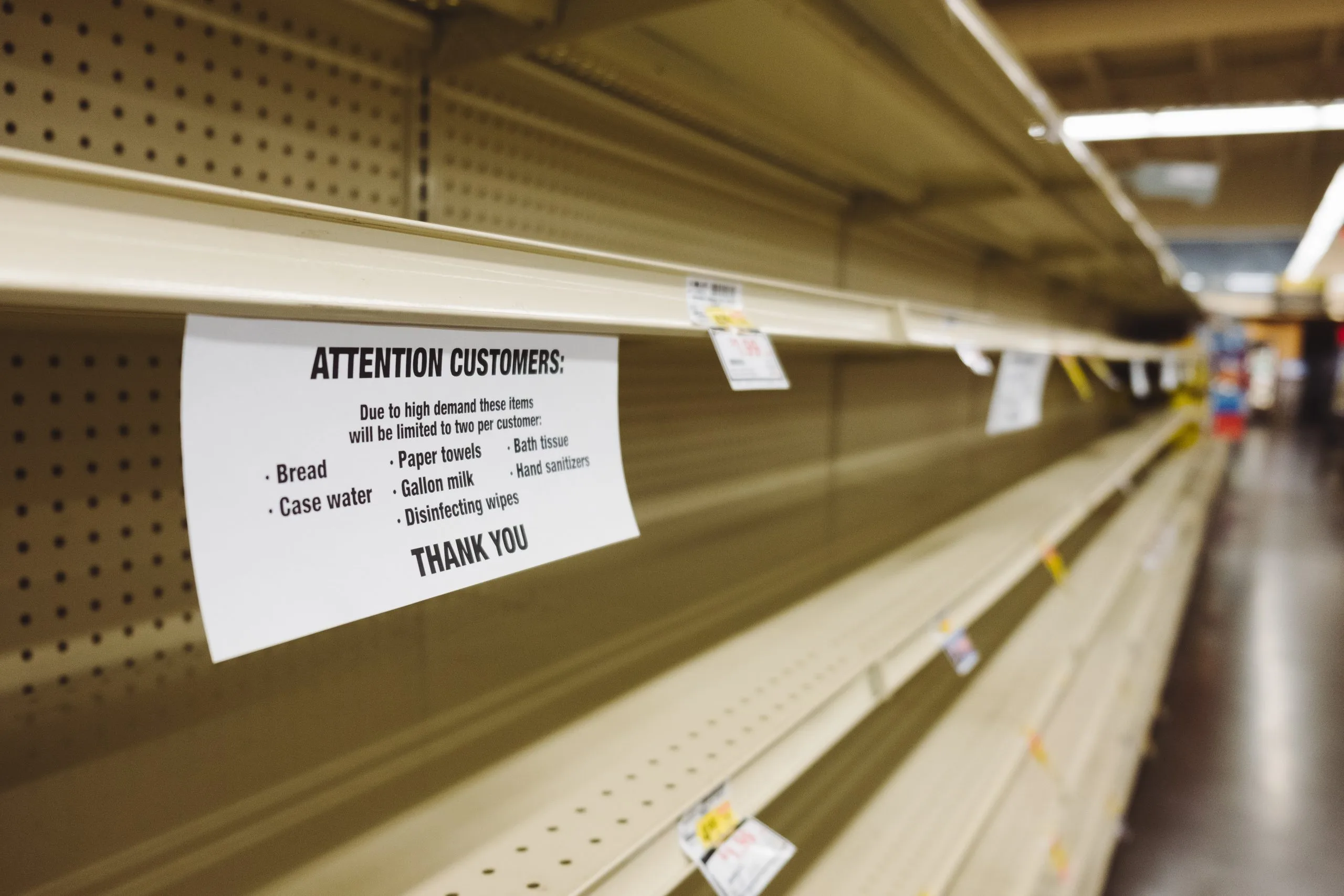
The warehouse is the beating heart of your organization, where products are received and shipped on a daily basis.
As an entrepreneur you’re focused on progress, but you also notice that the processes in the 'dynamic' warehouse sometimes get stuck, and employees have to work extra hours to maintain control. The data that your inventory system shows often does not correspond to the actual state of affairs. From time to time, questions may arise: “Is there a way to make better use of warehouse space?” “Is there a way we can improve inventory processes?”
This blog will explain how to take that first step into improving stock processes within your company by determining the technical and economic stock, as well as learning the difference between these two concepts and how to calculate technical and economic stock.
What’s the difference between technical and economic inventory?
Technical stock is the physically present stock in the warehouse, whereas economic stock is the stock over which a company is exposed to price risk.
To learn the difference between technical and economic stock visible, grab a pen and paper. Draw a spacious square in the center of the sheet of paper—this is your magazine. Inside the square, draw two stacks of boxes, one on the left and one on the right. To complete the picture, draw two trucks on the left and right side of the warehouse.
In the warehouse you have drawn, there are now two stacks. The stack on the left consists of unsold inventory. The stack on the right are sold products that will go to customers in due course via the right truck. Together, the two stacks make up the technical stock. This is all the inventory you can see and touch within the warehouse.
From here, we take the step to the economic stock. To the left of your warehouse is also a truck, which is filled with new stock. Together with the left stack in the warehouse of unsold goods, this makes up your economic stock.
This inventory is exposed to price risk, as the goods may be subject to decreases and/or increases in value. In the paper example, the goods from the right pile have already been sold, and therefore, are not part of your economic supply.

Inventory optimization based on technical and economic inventory
Determining the technical and economic stock can help provide different departments with functional and specific data: the. The purchasing department, the warehouse, and last but not least, management all benefit from accurate data.
With a traditional stock system, you are almost always tied to data based on the unsold stock in your warehouse. However, you should be more interested in the stock that will come in and the stock that has already been sold, as that data can show the economic and technical inventory of your company.
Your warehouse management wants to know what the technical stock is, so that they can plan the right logistical steps. The purchasing department is curious about the current economic stock to determine the strategy to maintain the stock.
Optiply gives you insight into the specific data so you can analyze the stock processes within your company. The AI algorithm ensures that your purchasing department can make more efficient purchasing decisions, and it analyzes data based on algorithms that help to work on inventory optimization.
Keep on reading to find out more about the role that technical and economic stock plays in the optimization process of your stock based on data.
Why do we want to know what technical and economic inventory is?
You strive for efficiency in the process of stock optimization. You want to know what the technical stock is, so that you can better plan the space and manpower required in your warehouse. How much storage space is needed? How many employees are needed? How do you plan the logistical next steps?
If we switch to the economic inventory role from here, you'll find that we're going to look at other departments within your company, such as the purchasing department. The economic stock is brought together by the buyers who are responsible for managing supply and demand.
Purchasers make their decisions based on market demand and with the help of data, they can determine the size of a purchase order. Having no insight into the right data or making purchasing decisions based on a gut feeling means your company continues to struggle with under and/or overstock.
Purchasing and storing too much extra inventory can backfire and lead to warehouse overcrowding, higher storage costs, risk costs and rising personnel costs. If some of the products "stand still", you may have to sell them for a lower price. You don't want to be left with old, unsaleable inventory.
However, you can also look at it the other way around—if your buyers are not aware of supply and demand, it’s also possible that they are buying too little. If you can't meet their demand, your customers will be dissatisfied and disappointed. In the long run, this can cause them to switch to a competitor.
How do you calculate technical and economic inventory?
Technical and economic inventory are two values that have a major impact on your company’s inventory processes. If you’re able to visualize those figures, it’s much easier for the department and warehouse team to determine the strategy of your purchasing. To determine the technical and economic stock, make the following calculation:
Use the drawn warehouse with the two trucks as a base. The right stack of goods (sold products) within the warehouse drawn is A. The stack to the left (unsold products) is B. The truck to the left of your warehouse is C. For now, forget about the right truck. This is part of your business process, but it doesn’t play a role in calculating the two stock values.
As an overview:
A = Sold stock, ready to ship.
B = Unsold inventory, stored in the warehouse
C = Purchased stock that has not yet been delivered
A + B = Technical stock
B + C = Economic stock
Technical and economic inventory as a start for optimization
We’ve seen how calculating technical and economic inventory can help you get started with inventory optimization.
With the right data, you can take more steps to keep your business running efficiently. On the warehouse side, you want to gain insight into the size of your stock, your floor space, the amount of personnel required, and the logistical steps you need to take to get product to your customers. Your technical stock is leading for this.
The economic stock is one of the most important pillars for your purchasing department. Your buyers will always want to know the difference between demand and economic supply for a given period. The difference determines what they have to buy. If they make their decisions based on technical stock, they will not be able to match supply and demand.
Veelgestelde vragen beantwoord
Heb je nog vragen over Optiply? We hebben de meest gestelde vragen voor je op een rij gezet.










.webp)


.webp)